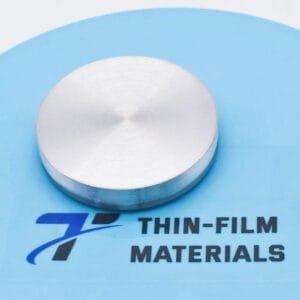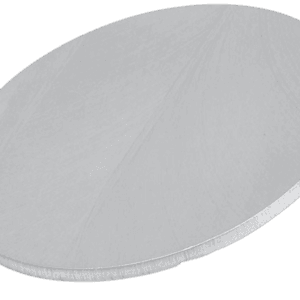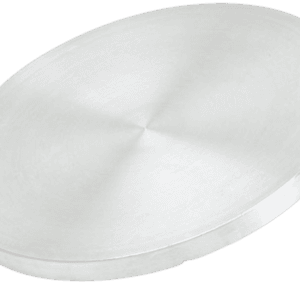Europium Sputtering Target Description
 The europium sputtering target is a silvery target made from high-purity europium metal. Europium, symbolized as “Eu,” was named after Europe and first mentioned in 1896 by E.-A. Demarçay, who later isolated it. It has an atomic number of 63, located in Period 6, Group 3 of the periodic table, within the f-block. The relative atomic mass of europium is 151.964(1) Dalton, with the number in brackets indicating uncertainty.
The europium sputtering target is a silvery target made from high-purity europium metal. Europium, symbolized as “Eu,” was named after Europe and first mentioned in 1896 by E.-A. Demarçay, who later isolated it. It has an atomic number of 63, located in Period 6, Group 3 of the periodic table, within the f-block. The relative atomic mass of europium is 151.964(1) Dalton, with the number in brackets indicating uncertainty.
Europium Sputtering Target Specification
| Material Type | Europium |
| Symbol | Eu |
| Color/Appearance | Silvery White, Metallic |
| Melting Point | 822 °C |
| Density | 5.26 g/cc |
| Comments | Low Ta solubility. |
| Available Sizes | Dia.: 2.0″, 3.0″, 4.0″, 5.0″, 6.0″ Thick: 0.125″, 0.250″ |
We also offer other customized shapes and sizes of the sputtering targets; please Contact Us for more information.
Europium Sputtering Target Application
Handling Notes
Get Contact
TFM offers Europium Sputtering Targets in various forms, purities, sizes, and prices. We specialize in high-purity thin film deposition materials with optimal density and minimal grain sizes, which are ideal for semiconductor, CVD, and PVD applications in display and optics. Contact Us for current pricing on sputtering targets and other deposition materials that are not listed.





Reviews
There are no reviews yet.